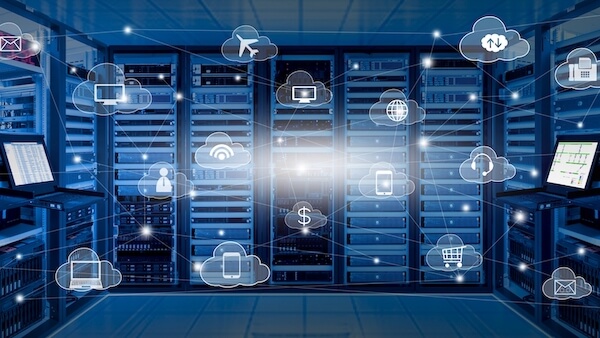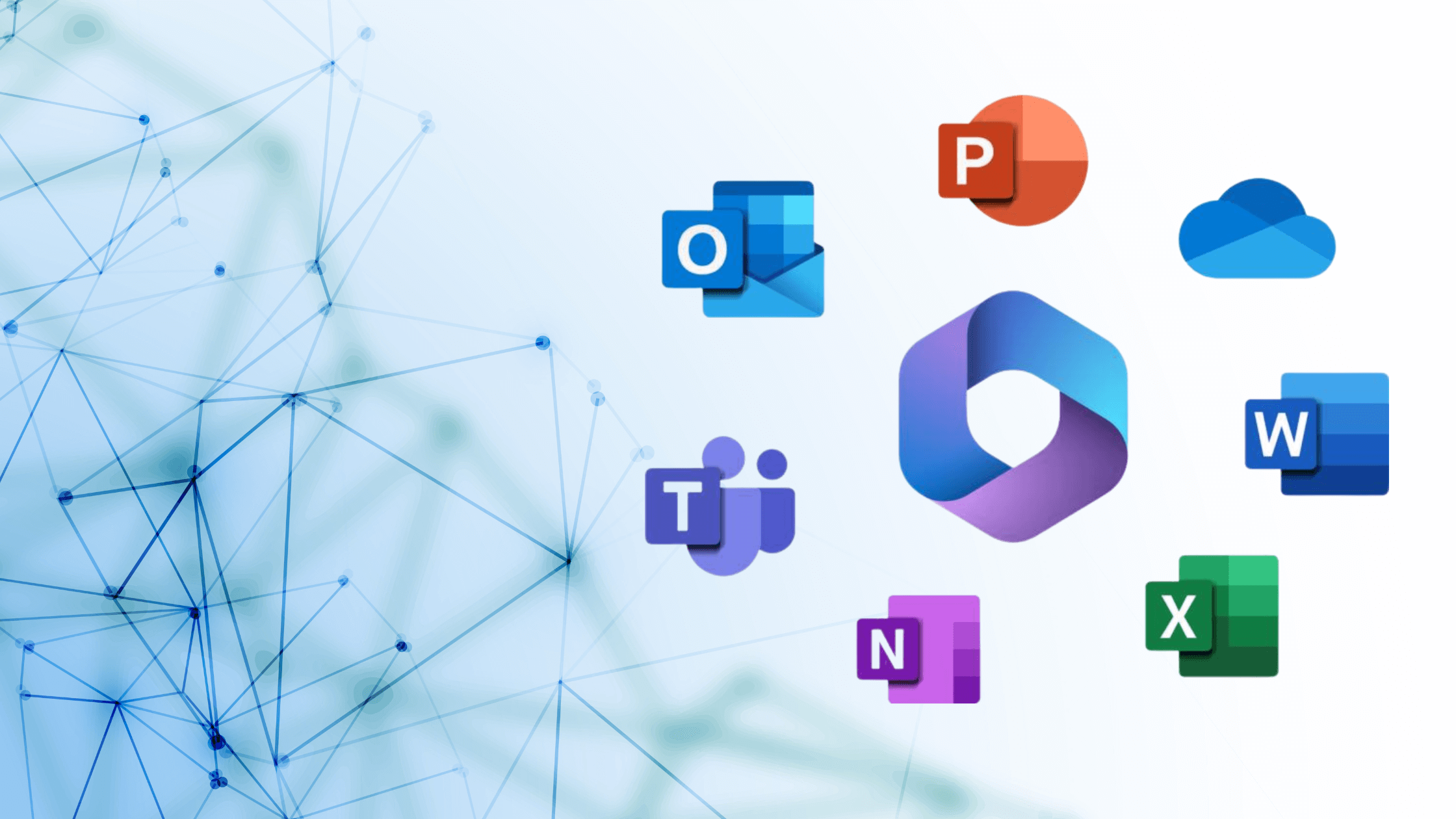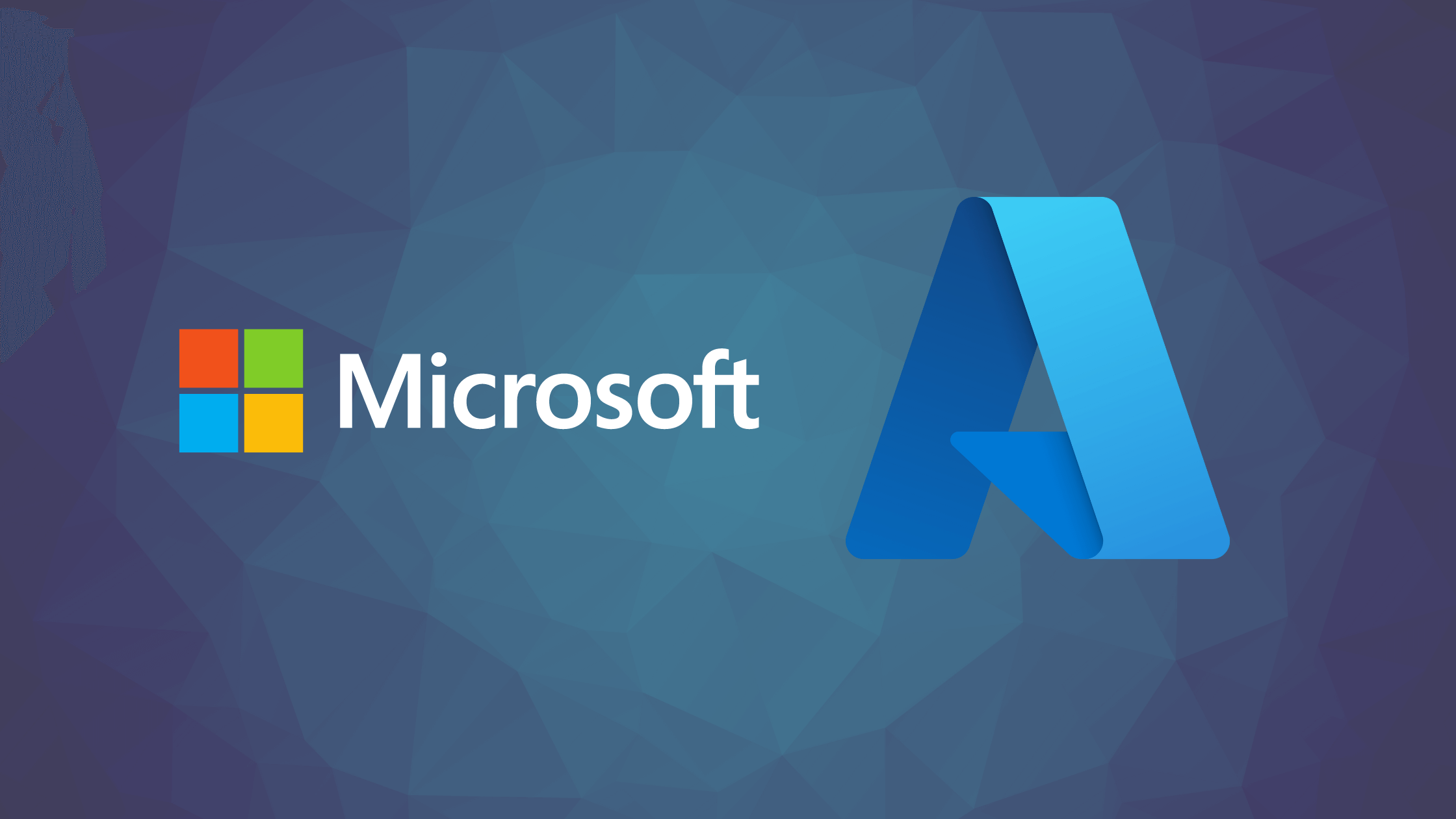Pros and Cons of Cloud Servers vs Onsite Servers {2024}
Servers are the lifeblood of a business’ IT infrastructure. They house files, applications, websites, remote access for employees and more. Without them, your IT operations would come to a halt. But choosing the best server solution for your business is not a one-size-fits-all approach. There are many different types of servers and many factors to consider.
Two popular types of servers are onsite servers and cloud-based servers.
Onsite Servers
Onsite servers are housed in a company’s office, either in a server closet or at an on-premise data center. These servers can come in two forms – physical and virtual. Physical servers only run one operating system, while a virtual server can run multiple operating systems using software like VMware or Microsoft Hyper-V.
Cloud-Based Servers
Cloud-based servers, like Microsoft Azure and Amazon Web Services (AWS), allow companies to purchase space on servers hosted in different regions across the globe. Users have access to an online portal where they can access their servers and cloud infrastructure, without the need for onsite server hardware.
Looking for the best server solution for your business? Below are the pros and cons of onsite and cloud-based servers, taking into consideration things like IT budget and data recovery services.
Pros of Onsite Servers
- Location. Some businesses prefer to have their data stored onsite to keep critical data in-house. Having data stored onsite also means your business will have access to the server hardware to oversee maintenance and upgrades.
- Access. Onsite servers don’t require an internet connection to access your data. In the event that your internet connection goes down, employees can still access key files and work offline.
- Fixed-costs. Onsite servers do require the upfront cost to purchase hardware and software. But, this is typically paid off within a few years and does not require a monthly subscription fee.
Cons of Onsite Servers
- Upfront cost. Onsite servers typically come with a hefty upfront cost to purchase the servers and licensing for virtualization software. Three or four physical servers can cost $10,000 or more, which is out of reach for some companies’ IT budgets.
- Maintenance. If your servers are stored on-premise, it is your responsibility to maintain the hardware, software and server racks. This is a big responsibility, and companies must have adequate internal IT staff to manage it.
- Limited storage. Onsite servers have their limits. You can add more disk space, memory and processing, but once you maximize the physical hosts’ resources, you will need to purchase more hardware to accompany your growing needs.
- Data recovery services. With onsite servers that have not been virtualized, it can take hours or even days to restore lost or damaged data. That is, if the damage allows for restoration at all. (For our clients who have onsite servers, we use a product called Datto for cybersecurity, data backup, disaster recovery and business continuity needs.)
- Energy consumption costs. Physical servers require a dedicated room with power and cooling. The more servers you need, the bigger this room needs to be, and the more energy you consume to run the servers.
Pros of Cloud-Based Servers
- Scalability. If your business is growing quickly, it’s likely that your server needs will grow, too. Adding space on the cloud is easy and more cost-effective than the alternative.
- Data recovery services. Cloud-based servers have built-in redundancies that many companies cannot afford in-house. This means your data can be restored fully and quickly in the event of a disaster.
- Maintenance. With cloud-based servers, the cloud provider is responsible for server maintenance and updates. This frees up time for your internal IT team to focus on other issues.
- Reduced infrastructure costs. Cloud-based servers reduce your physical infrastructure costs as well as power costs, not to mention reducing your company’s carbon footprint.
- Enhanced cybersecurity. In general, cloud solutions may have better security protections than many on-premises solutions. As data continues to move away from local storage in physical locations and onto the cloud, businesses are seeing an increase in protection against malicious attacks.
Cons of Cloud-Based Servers
- Ongoing costs. Eventually, you will pay off your onsite servers. However, cloud-based servers require an ongoing subscription you must pay for the lifetime of your agreement.
- Price increases. While cloud-based servers offer the scalability needed to grow your data storage needs, this comes at a cost. The more storage you need, the higher the cost will be. This can be troublesome for companies with a tight IT budget.
- Reliance on internet. Because cloud-based servers are hosted online, if your internet or your provider’s internet go down, you won’t have access to any of your information.
- Lack of control. With cloud-based servers, you are trusting another party to take care of your data. This means you are relying on them to update physical servers and software and keep your data secure. Make sure you work with a company you can trust, that upholds the most stringent cybersecurity practices.
Looking for the best server solution for your business? Our team is happy to discuss your server needs and help you find the right fit for your organization. Contact us to schedule your assessment today.





